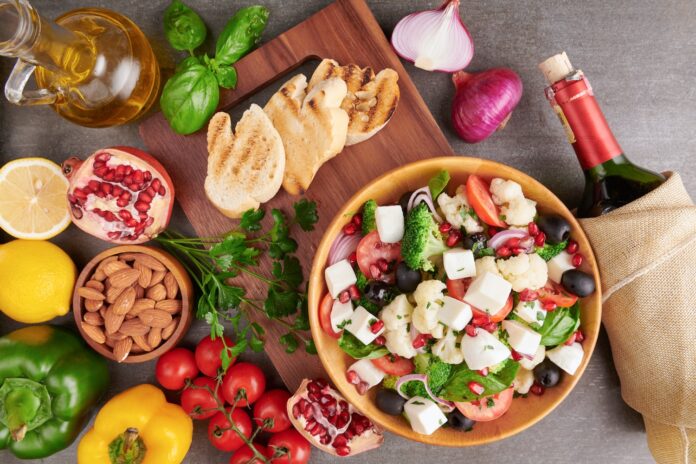Title: Nourish Your Body: Iron-rich Foods to Meet Your Daily Values Effectively
Introduction:
Iron is a vital mineral that aids in a variety of body activities, including oxygen delivery, energy synthesis, and immunological response. Maintaining proper iron levels is critical to general health and well-being. However, iron deficiency is a widespread nutritional problem, resulting in symptoms such as fatigue, weakness, and reduced cognitive performance. Including iron-rich foods in your diet is an excellent method to meet your daily iron needs and avoid insufficiency. In this article, we’ll look at a range of iron-rich meals and how to maximize iron absorption for optimum benefit.
Understanding Iron Requirements:
Before digging into iron-rich meals, it’s critical to establish your daily iron needs. The Recommended Dietary Allowance (RDA) for iron varies by age, gender, and life stage. The recommended daily iron intake for adult males and postmenopausal women is 8 milligrams (mg). However, premenopausal women require more iron due to menstrual blood loss, with an RDA of 18 mg per day. Pregnant women require considerably more iron, with an RDA of 27 mg per day, to promote fetal growth and development. Unlock the Power of Performance with Cenforce 200, Cenforce d and Vidalista 40.
Iron Absorption Factors:
While integrating iron-rich foods into your diet is crucial, you should also consider factors that may influence iron absorption. Certain dietary components might increase or decrease iron absorption:
Enhancers: Vitamin C (ascorbic acid) improves iron absorption by converting non-heme iron (present in plant-based diets) to a more absorbable form. Including vitamin C-rich foods like citrus fruits, strawberries, bell peppers, and broccoli alongside iron-rich meals can help with iron absorption.
Inhibitors: Iron absorption can be inhibited by phytates (found in whole grains, legumes, and nuts), polyphenols (found in tea, coffee, and red wine), and calcium (found in dairy products). While these foods are part of a balanced diet, they should be consumed apart from iron-rich meals to reduce their effect on iron absorption.
Iron-Rich Foods for Your Diet:
Lean meats:
Red meat, including beef, lamb, and venison, is a rich source of iron, which the body readily absorbs. Include lean slices of red meat in your diet to increase iron absorption.
Poultry:
Chicken, turkey, and duck are all good suppliers of iron. Choose skinless poultry slices to reduce saturated fat intake while increasing iron content.
Seafood:
Shellfish, such as oysters, clams, and shrimp, contain high levels of iron. Fatty fish, such as salmon and tuna, have less iron but are still beneficial to your diet.
Legumes:
Beans, lentils, chickpeas, and peas are high in non-heme iron, as well as fiber and protein. Combining legumes with vitamin C-rich foods can enhance iron absorption.
Dark leafy greens:
Spinach, kale, Swiss chard, and collard greens are high in iron, as well as other critical elements such as vitamin A, C, and folate. Consume them raw in salads or cooked in soups, stews, or stir-fries.
Fortified foods:
Certain meals, such as fortified morning cereals, bread, and plant-based milk replacements, include iron and other minerals. Check nutrition labels for fortified options and incorporate them into your meals.
Nuts and seeds:
Pumpkin seeds, sesame seeds, hemp seeds, and almonds are high in iron, good fats, protein, and fiber. Enjoy them as a snack or mix them into salads, yogurt, or oatmeal for a healthy boost.
Dried Fruit:
Dried apricots, raisins, prunes, and figs are easy and portable sources of iron. They can be eaten alone as a snack or mixed into trail mix, cereal, or baked products to provide natural sweetness and nutrition.
Strategies to improve iron absorption:
In addition to including iron-rich foods in your diet, you can increase iron absorption by using the following strategies:
Combine iron-rich foods with vitamin C-rich foods like citrus fruits, strawberries, bell peppers, and tomatoes.
Cooking meals in cast-iron cookware increases their iron content, especially acidic foods like tomatoes or sauces.
Calcium can limit iron absorption, so avoid eating calcium-rich foods or taking calcium supplements with iron-rich meals.
Visit For More Interesting blog : funfactzz


